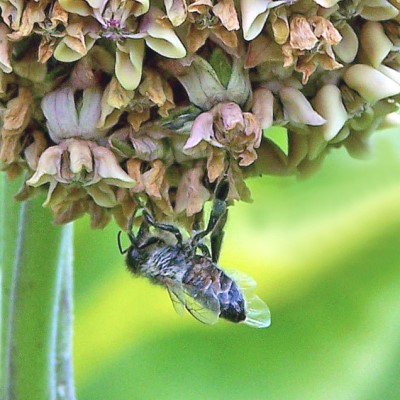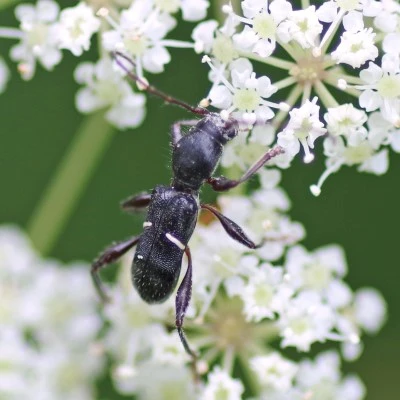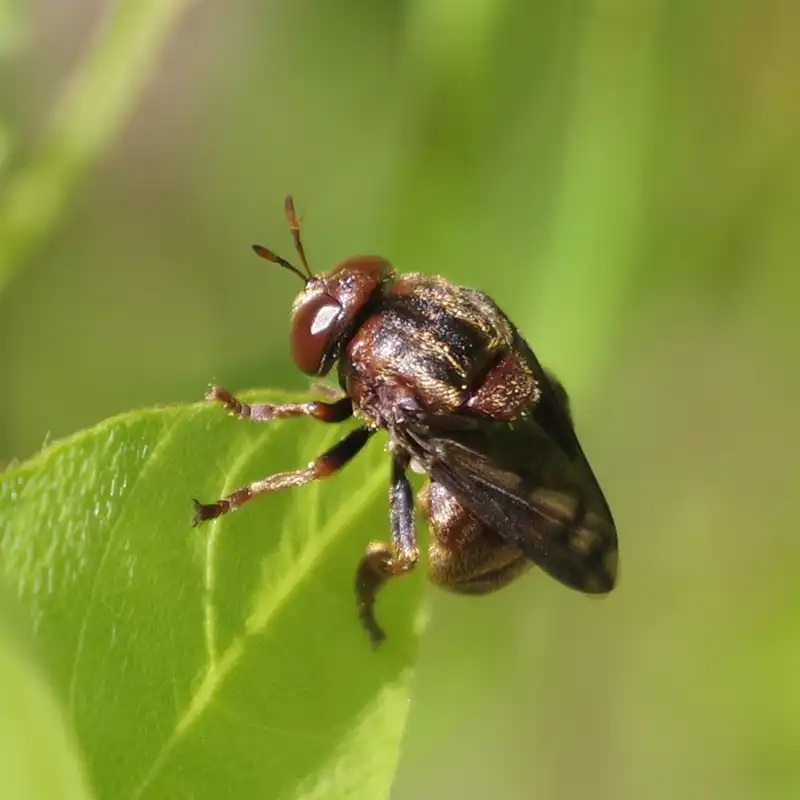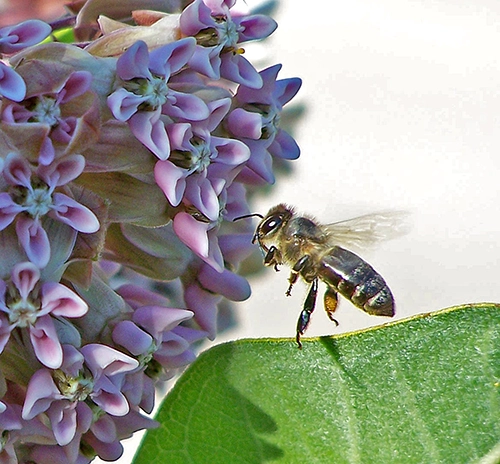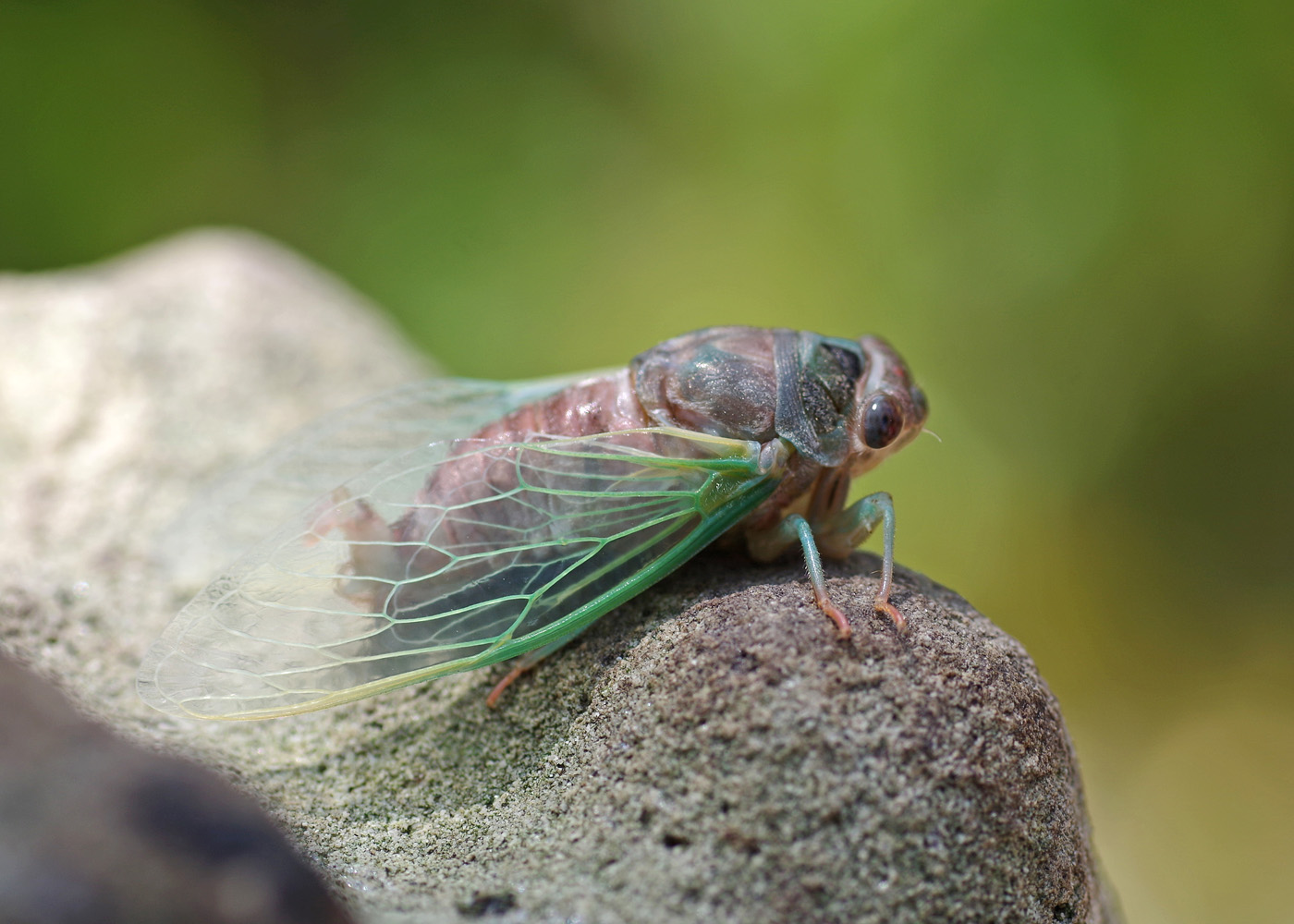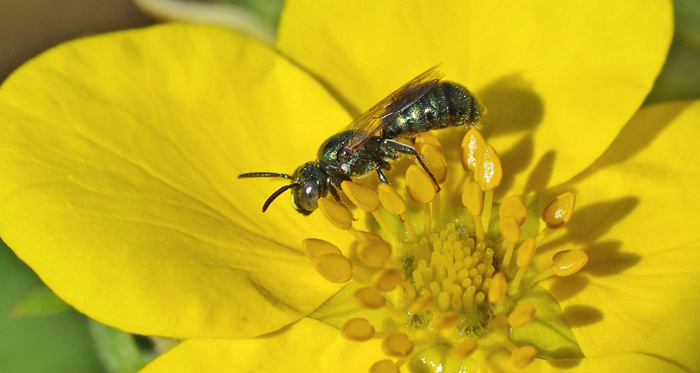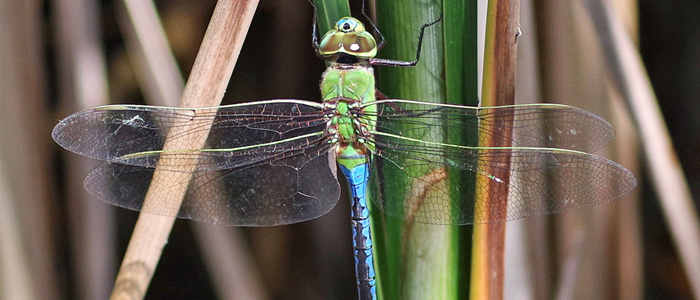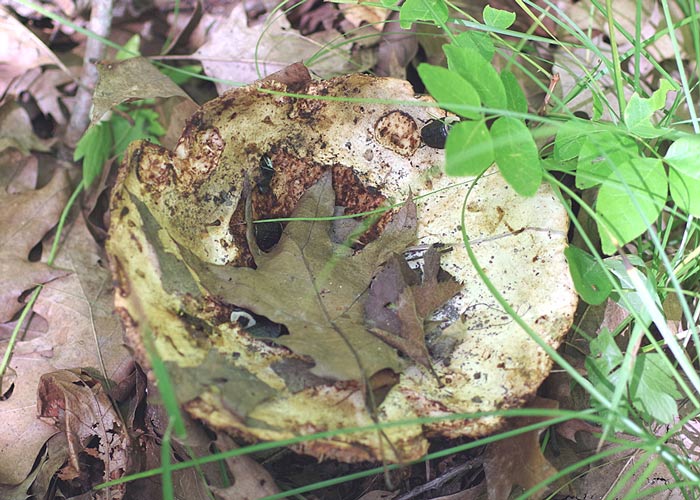Wildflower Watch – Swamp Milkweed
Note: All the links leave to external site. Howdy, BugFans, The BugLady is already fantasizing about warm, sunny days in a wetland, photographing Swamp milkweed (and dragonflies), because she loves its color, and she loves being in wetlands, and because …
